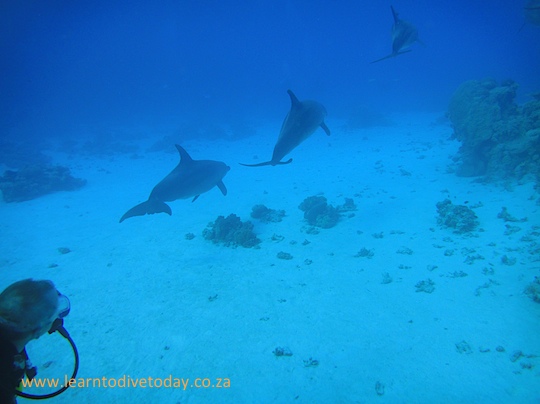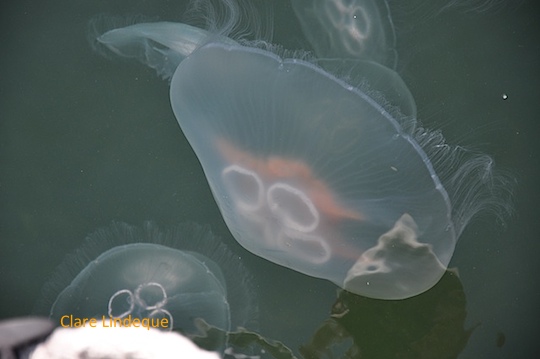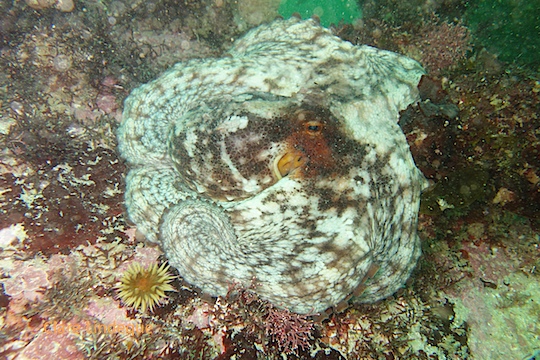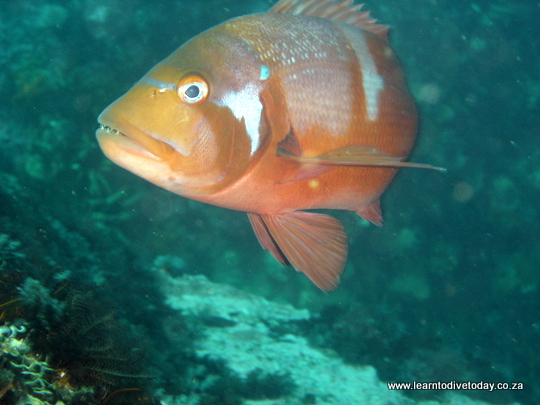The July 2016 issue of National Geographic contains an article entitled “Why Great White Sharks are Still a Mystery to Us“, and luckily for those of us who don’t have approximately $100 to drop on a magazine (I exaggerate, and it’s probably worth it), it’s available online as well. It’s an excellent explanation for why and how technology is being used to study these remarkable creatures.
The great white shark is the ocean’s iconic fish, yet we know little about it—and much of what we think we know simply isn’t true. White sharks aren’t merciless hunters (if anything, attacks are cautious), they aren’t always loners, and they may be smarter than experts have thought. Even the 1916 Jersey Shore attacks famously mentioned in Jaws may have been perpetrated by a bull shark, not a great white.
We don’t know for sure how long they live, how many months they gestate, when they reach maturity. No one has seen great whites mate or give birth. We don’t really know how many there are or where, exactly, they spend most of their lives. Imagine that a land animal the size of a pickup truck hunted along the coasts of California, South Africa, and Australia. Scientists would know every detail of its mating habits, migrations, and behavior after observing it in zoos, research facilities, perhaps even circuses. But the rules are different underwater. Great whites appear and disappear at will, making it nearly impossible to follow them in deep water. They refuse to live behind glass—in captivity some have starved themselves or slammed their heads against walls.
The photographs are by Brian Skerry. It’s worth checking out. Read the article here, or pick up a copy of the magazine when you see it on the shelves.
And for the inveterate shark fans and those who want to pursue some further education, it’s not too late to sign up for the Shark MOOC on edX that started on 28 June. Click here to join in.
















